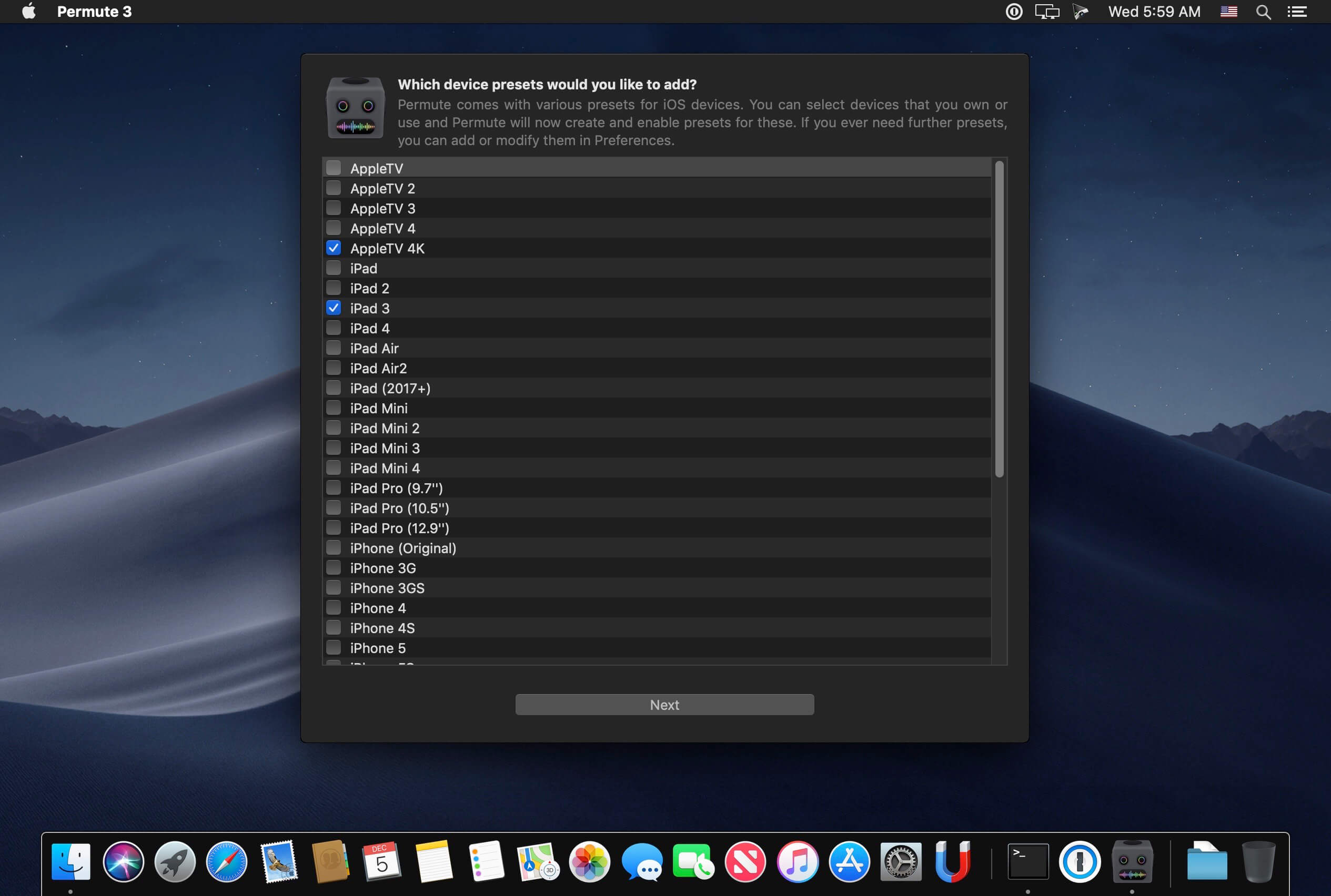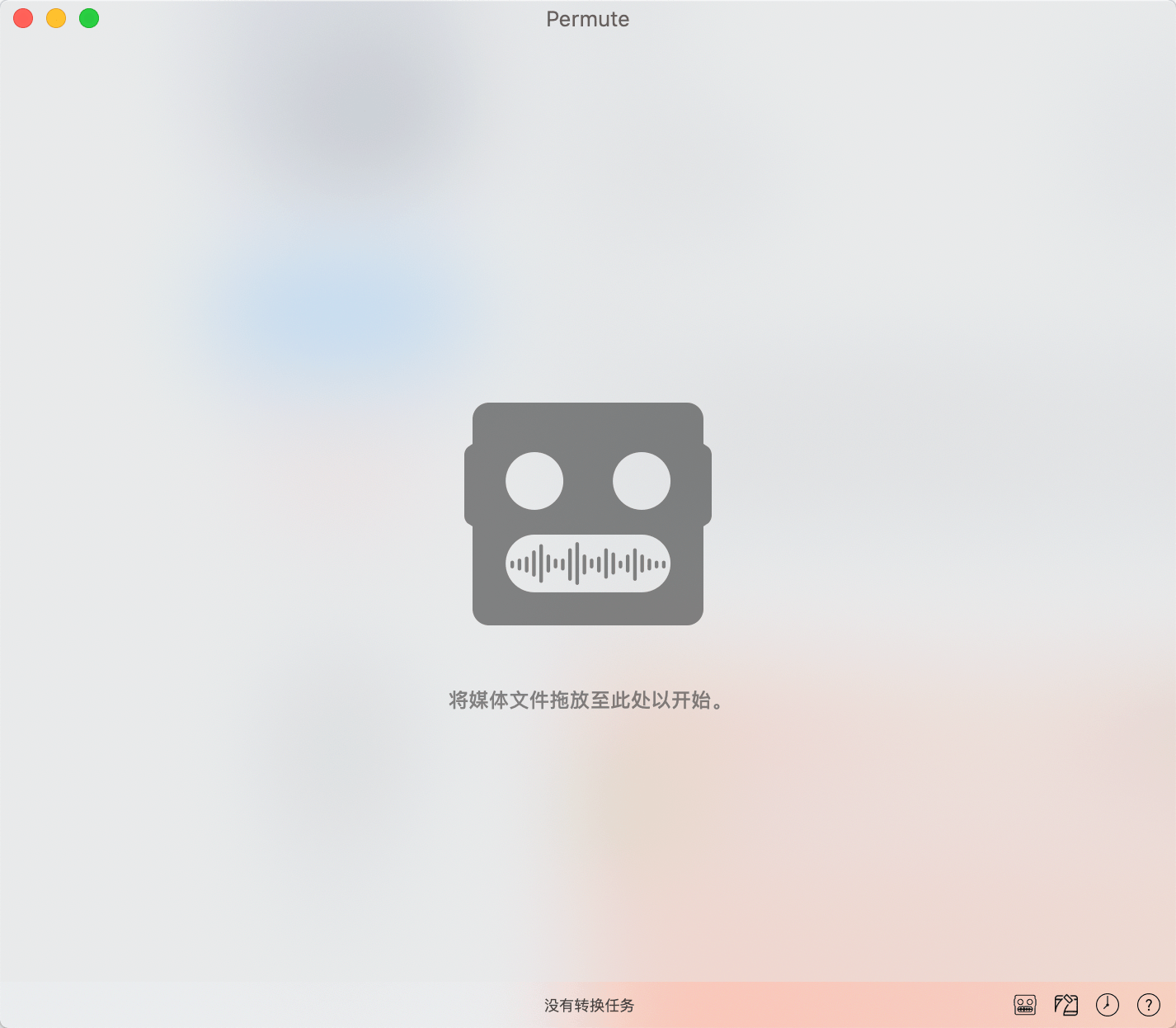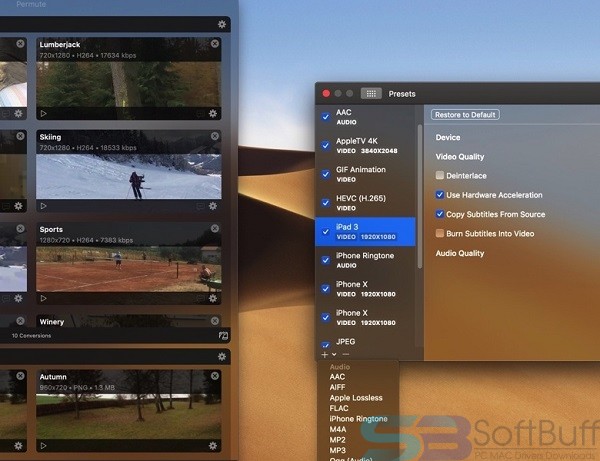
New: Support for maintaining alpha channel in QT RLE videos.Language: Multilingual | File size: 59 MB RELEASE NOTESSupported Operation Systems:

Batch-resize, rotate and flip images and videos. at night when you're not using your computer.Īnd so much more! - There are so many other great features in Permute - adjust volume of an audio file or an audio track in a video. This is why you can now schedule Permute to convert videos e.g.

Keep the Schedule - Video re-encoding is quite demanding on computer resources. Taking advantage of the modern technologies, Permute will even change its icon in dark mode. Fixed: Issues when burning subtitles into the video track. Improved: Permute will now detect if an image file has an incorrect path extension and will correctly process such file. Improved: Crop can now be applied to images as well. New: Option to speed up or slow down audio files. Looks Amazing - Whether you use dark mode or not, Permute will look amazing. New: Reworked preferences UI on macOS 11 or later. We support nearly every format and have plenty of device presets to choose from.
6 permute 3 pdf#
PDF Support - Permute 3 now includes support for stitching multiple images into a single PDF.Įverything Included - It doesn’t matter if you’re converting home movies or processing images.
6 permute 3 mp4#
Just select the video format you want and it’ll be done faster than you can say “hardware acceleration” - MP4 and HEVC presets now take advantage of your machine's hardware acceleration capabitlities, speeding up HEVC conversions more than 3 times over previous versions of Permute! Insanely Fast - Permute was engineered to be incredibly fast. With a gorgeous interface and drag & drop simplicity no need for complicated options.
6 permute 3 mac#
That is what Permute is for - easily convert your media files to various different formats.Įasy to Use - built from the ground up, Permute is a perfect example of what a Mac app should be. Set j = last-2 and find first j such that a =.Video, audio and image files come in many different kinds and shapes, but sometimes you need a specific format since your iPad or DVD player won't play that video. So 6 is next larger and 2345(least using numbers other than 6) of 3, so there are 3 2 1 6 ways to do this we didnt really need to list them all, we can just use permutations. One could say that a permutation is an ordered combination. Find lexicogrpahically least way to extend the new aĬonsider example array state of for sorted Īfter 56432(treat as number) ->nothing larger than 6432(using 6,4,3,2) beginning with 5 have a combination to our padlock that is 4-5-6 then the order is extremely important.Increase a by smallest feasible amount.The permutation (1 4) (2 5) (3 6) permutes cyclically each of the pairs. Find largest j such that a can be increased Then S is said to permute cyclically the.There are n! permutations at most and hasNextPermutation(.) runs in O(n) time complexity So, the number of ways to take 6 objects 3 at a time is 6 x 5 x 4 which is 72. This is the asymptotically optimal way O(n*n!) of generating permutations after initial sorting.

It was enough when I needed it, but it's no itertools.permutations by a long shot. This method is non-recursive, but it is slightly slower on my computer and xrange raises an error when n! is too large to be converted to a C long integer (n=13 for me). NewPermutation.append(available.pop(index)) This way the numbers 0 through n!-1 correspond to all possible permutations in lexicographic order. You have n choices for the first item, n-1 for the second, and only one for the last, so you can use the digits of a number in the factorial number system as the indices. I used an algorithm based on the factorial number system- For a list of length n, you can assemble each permutation item by item, selecting from the items left at each stage. Indices, indices = indices, indicesĪnd another, based on itertools.product: def permutations(iterable, r=None):įor indices in product(range(n), repeat=r): There are 7 possible books for the first position, 6 possible books for the. # permutations(range(3)) -> 012 021 102 120 201 210 there are only 3 possible people (Tom, Rick, and Harry). If len(elements) AB AC AD BA BC BD CA CB CD DA DB DC For example, if twelve different things are permuted, then the number of their permutations is. Use itertools.permutations from the standard library: import itertoolsĪdapted from here is a demonstration of how itertools.permutations might be implemented: def permutations(elements): There are 6 permutations of three different things.


 0 kommentar(er)
0 kommentar(er)
